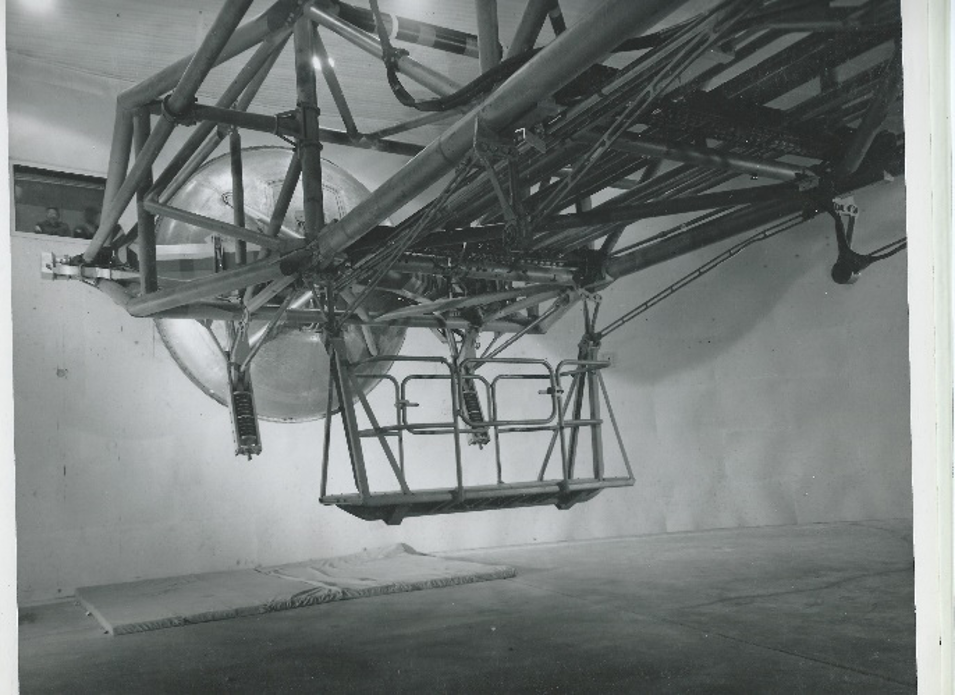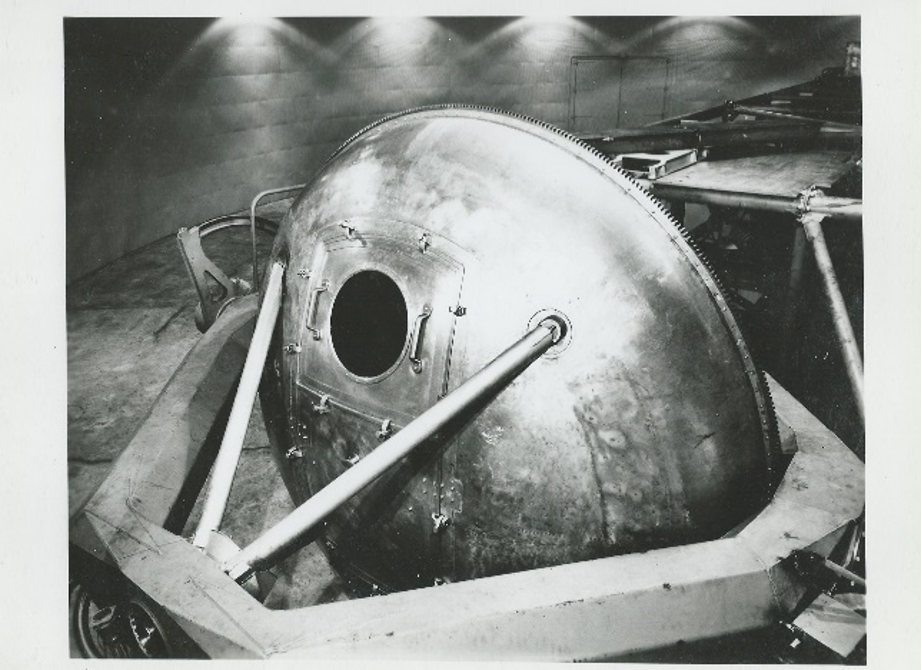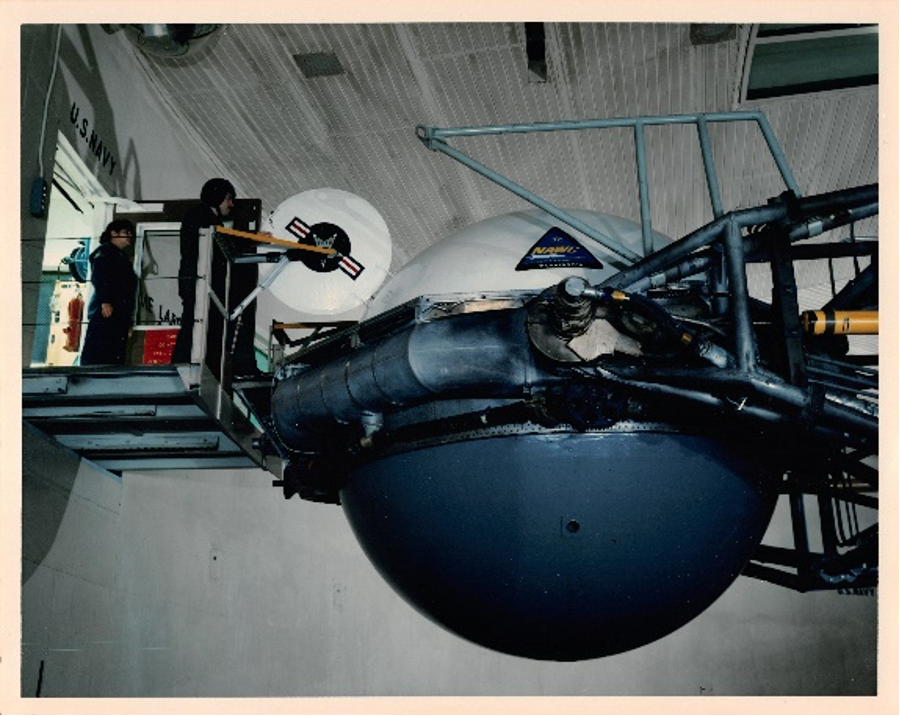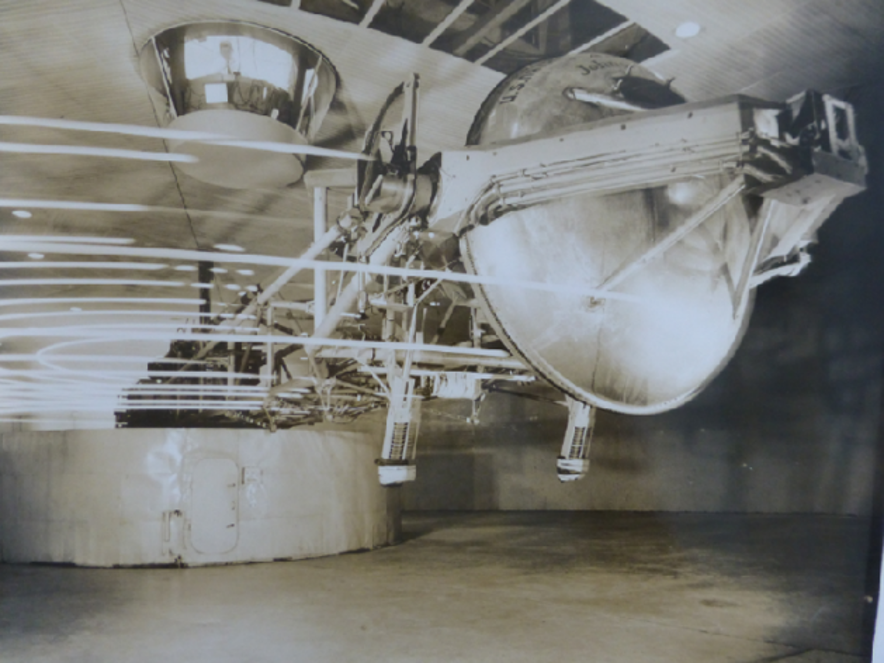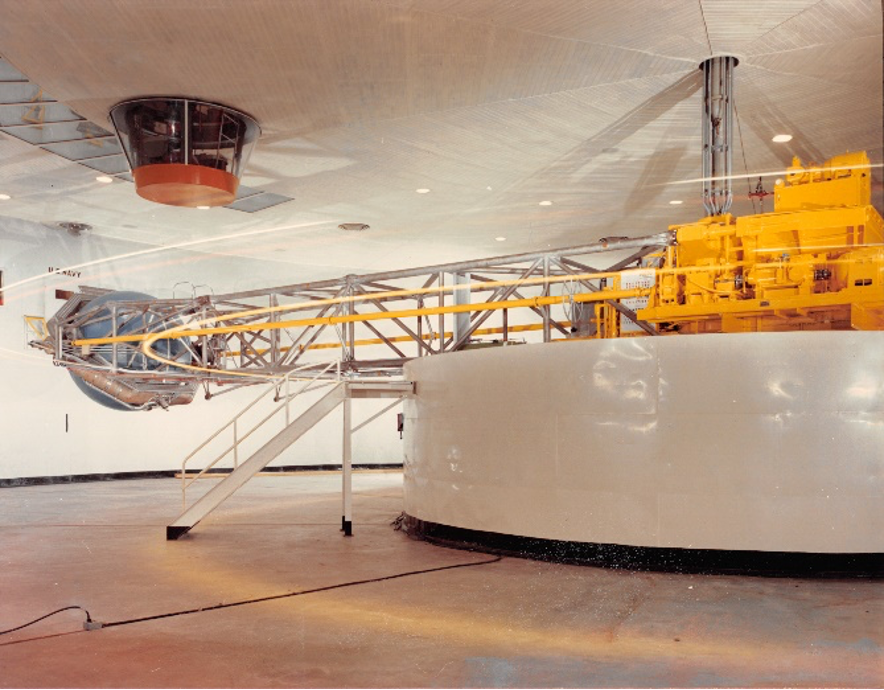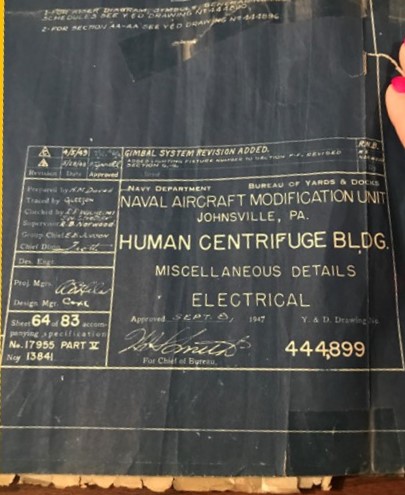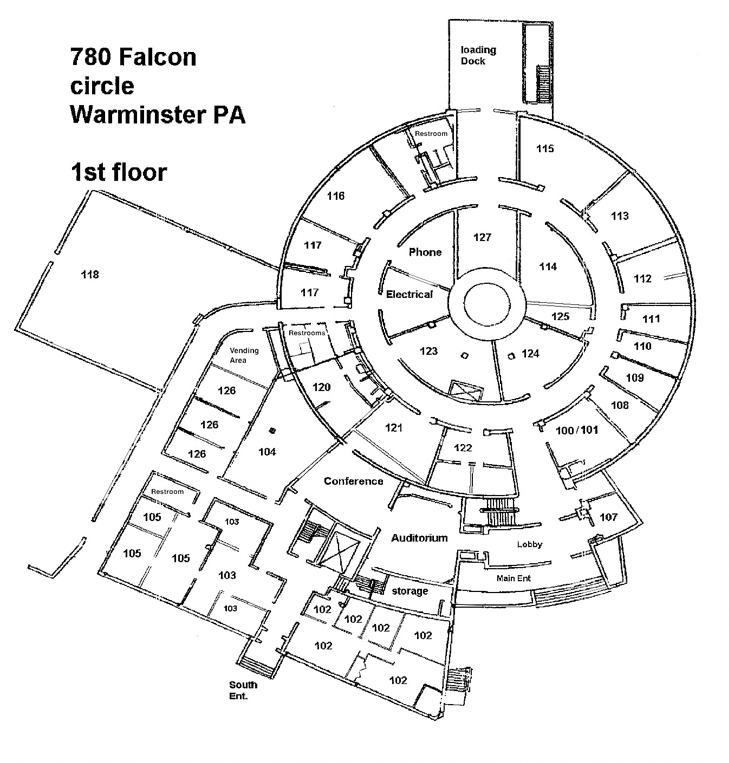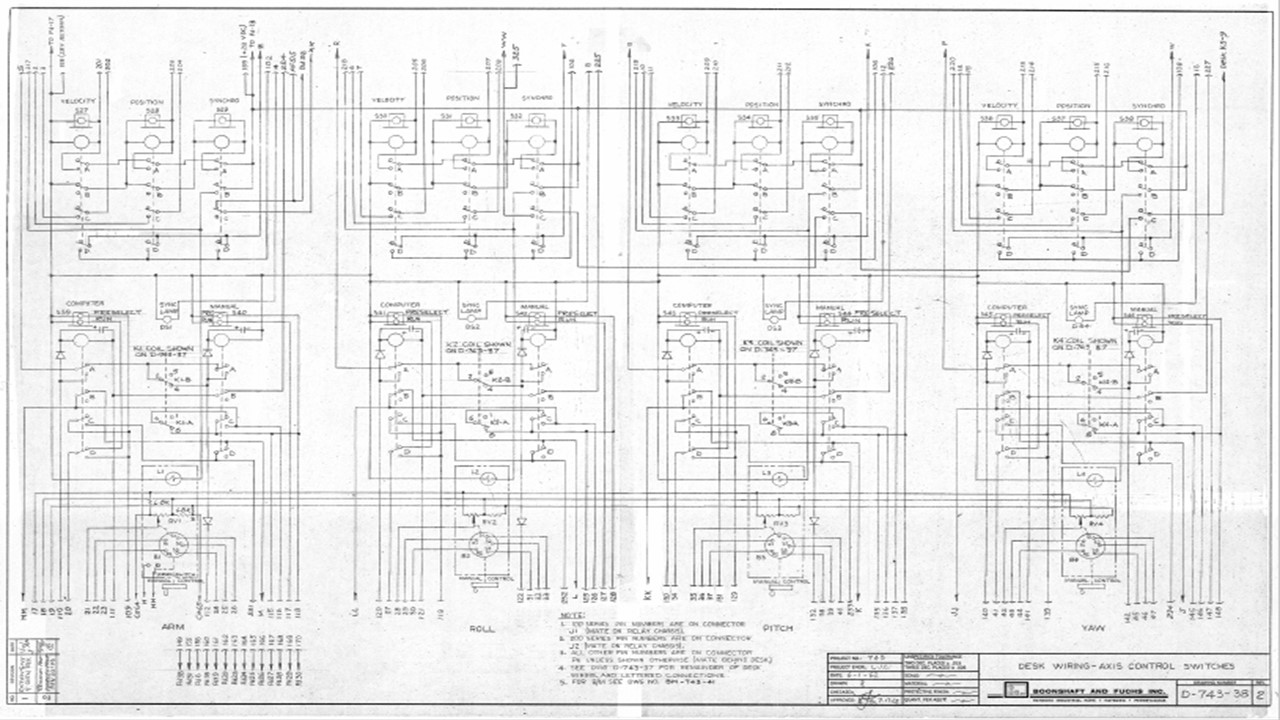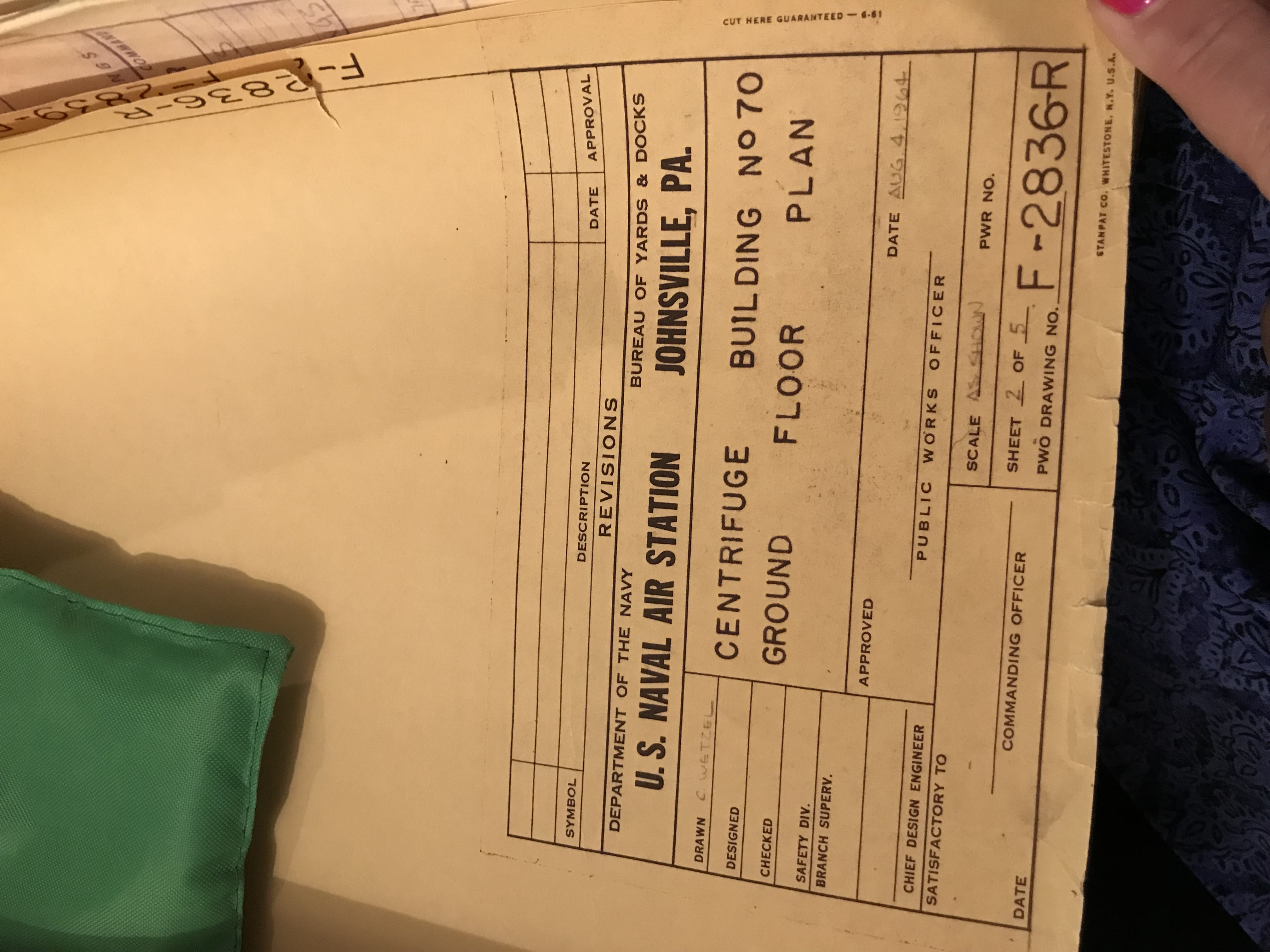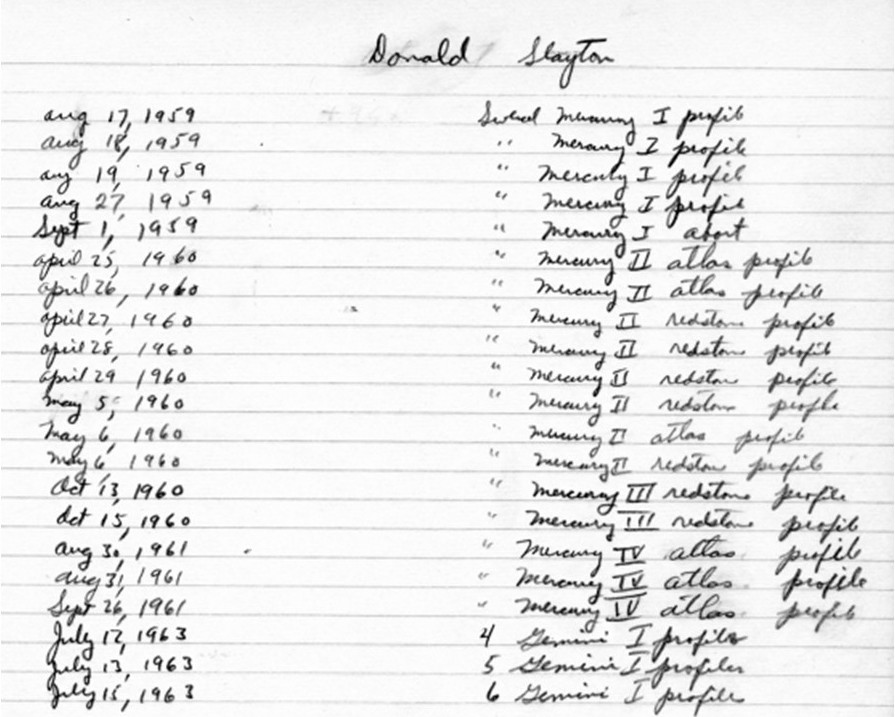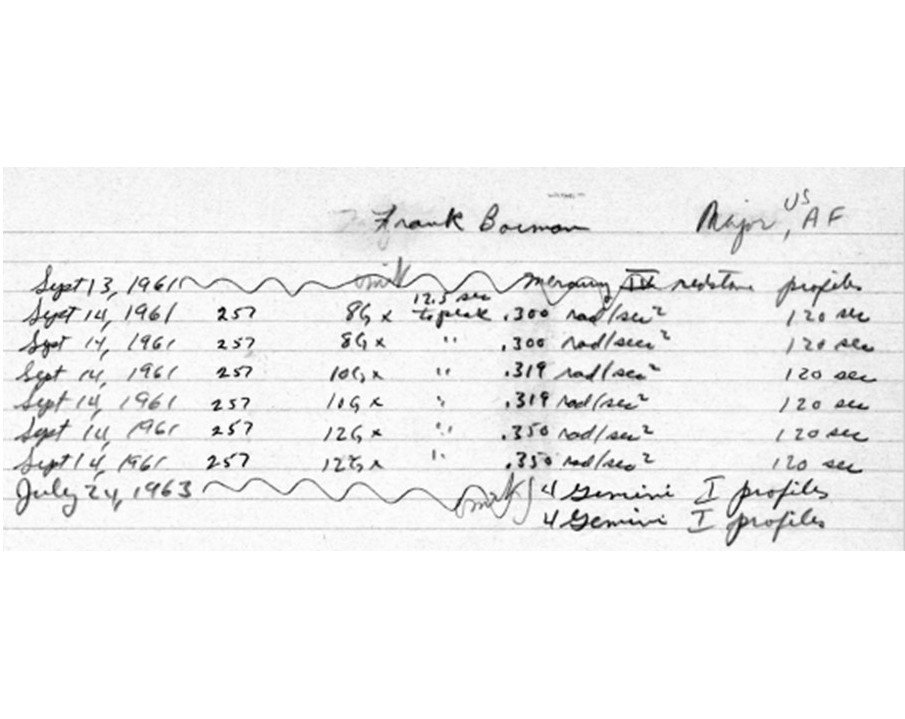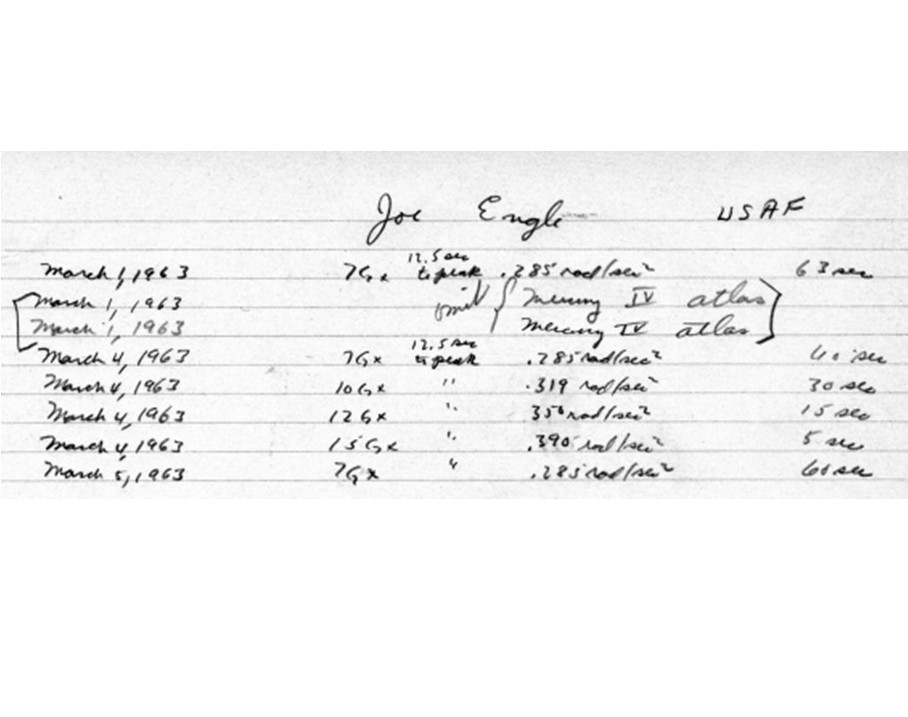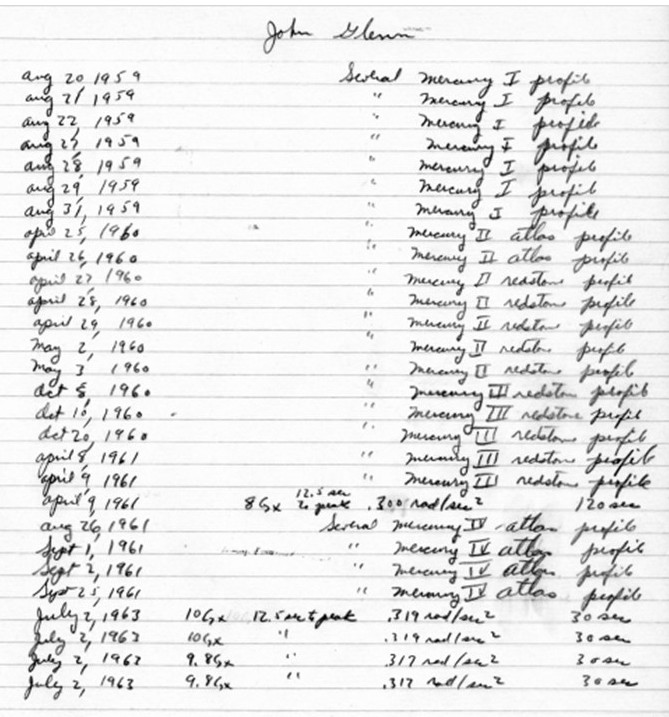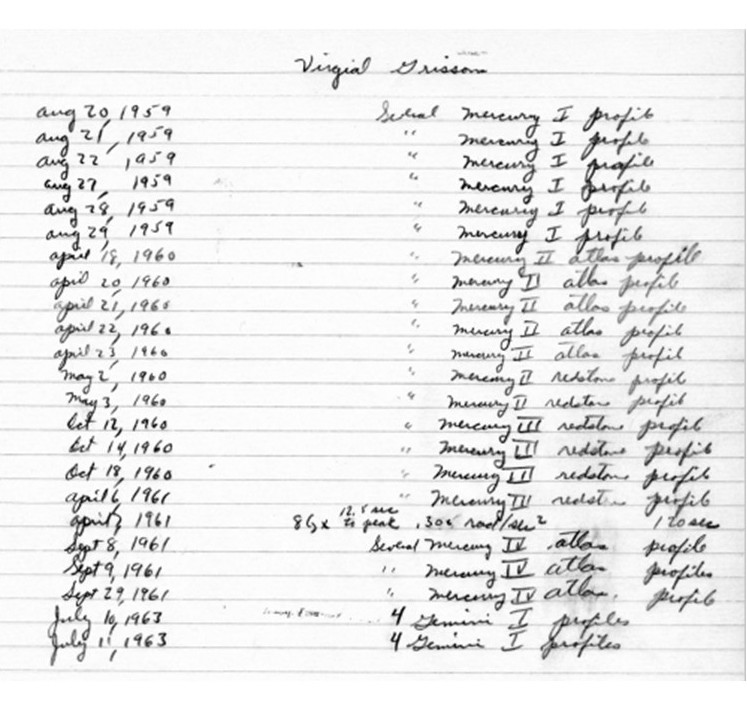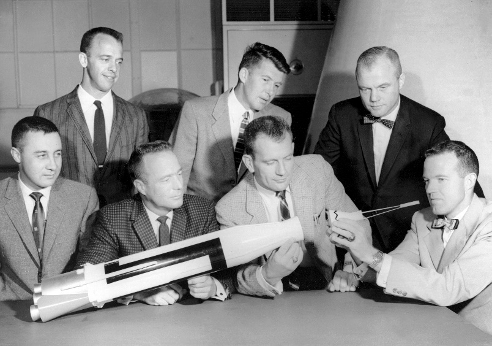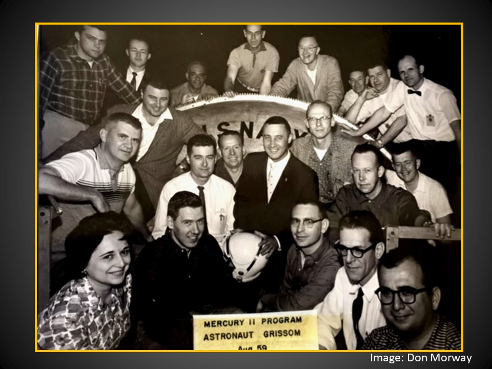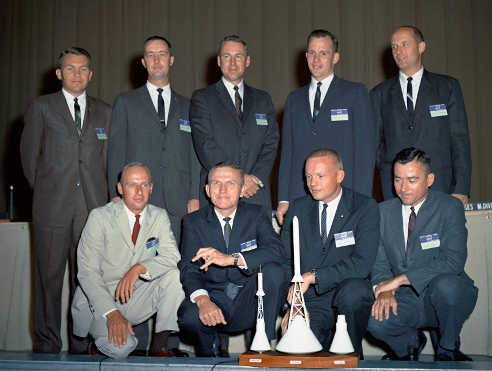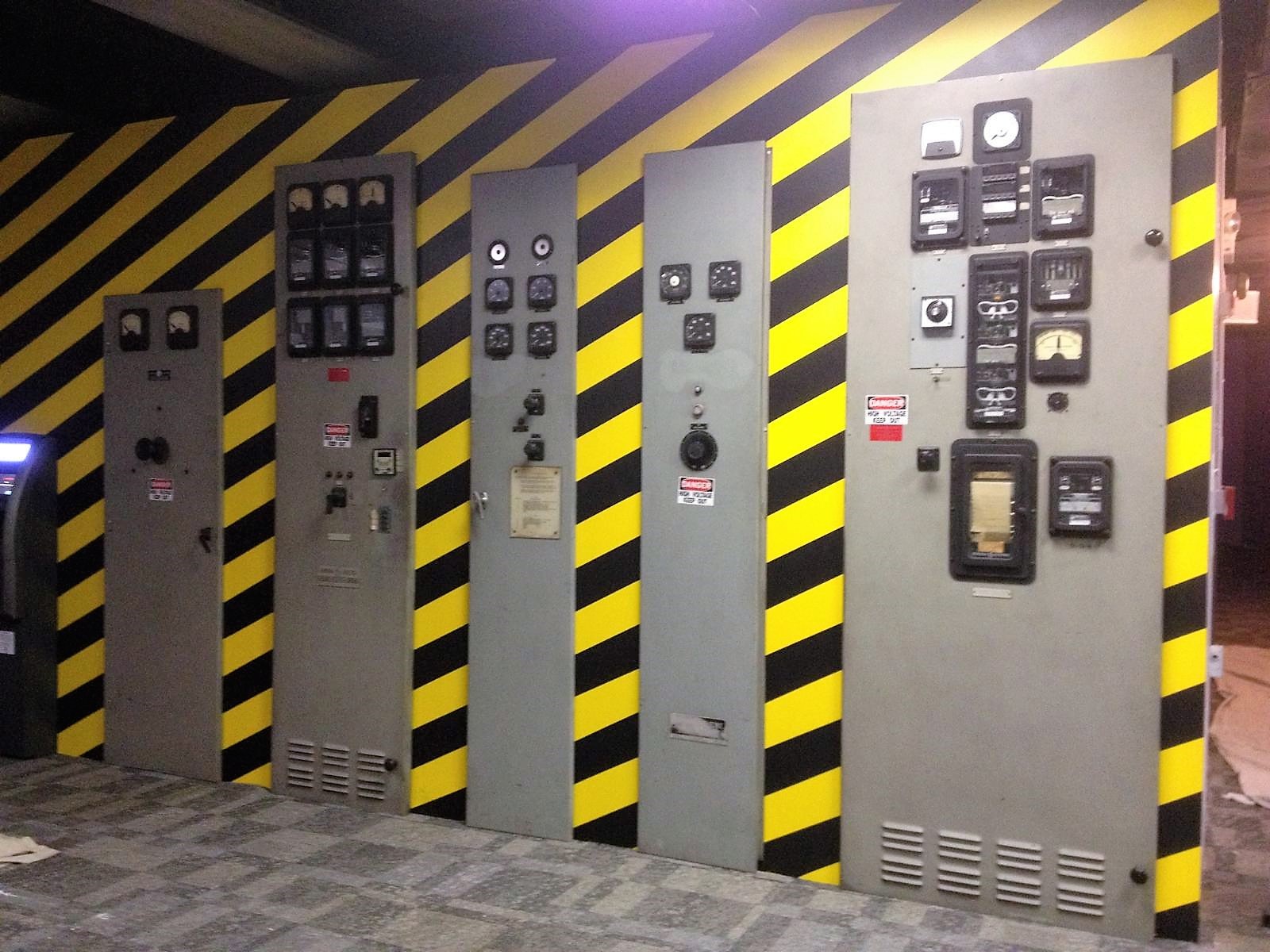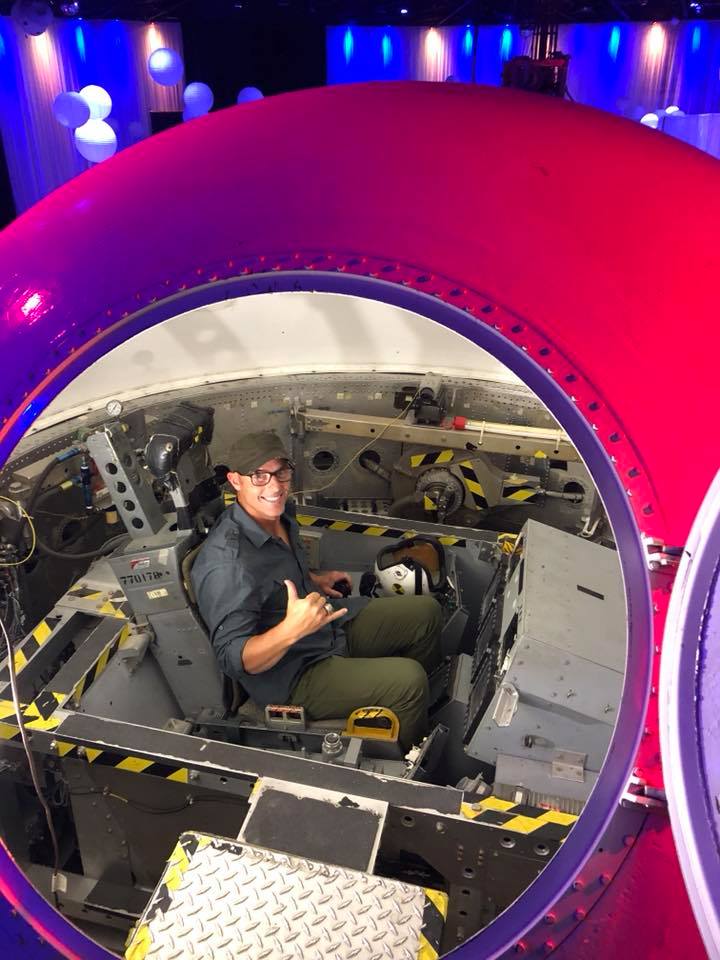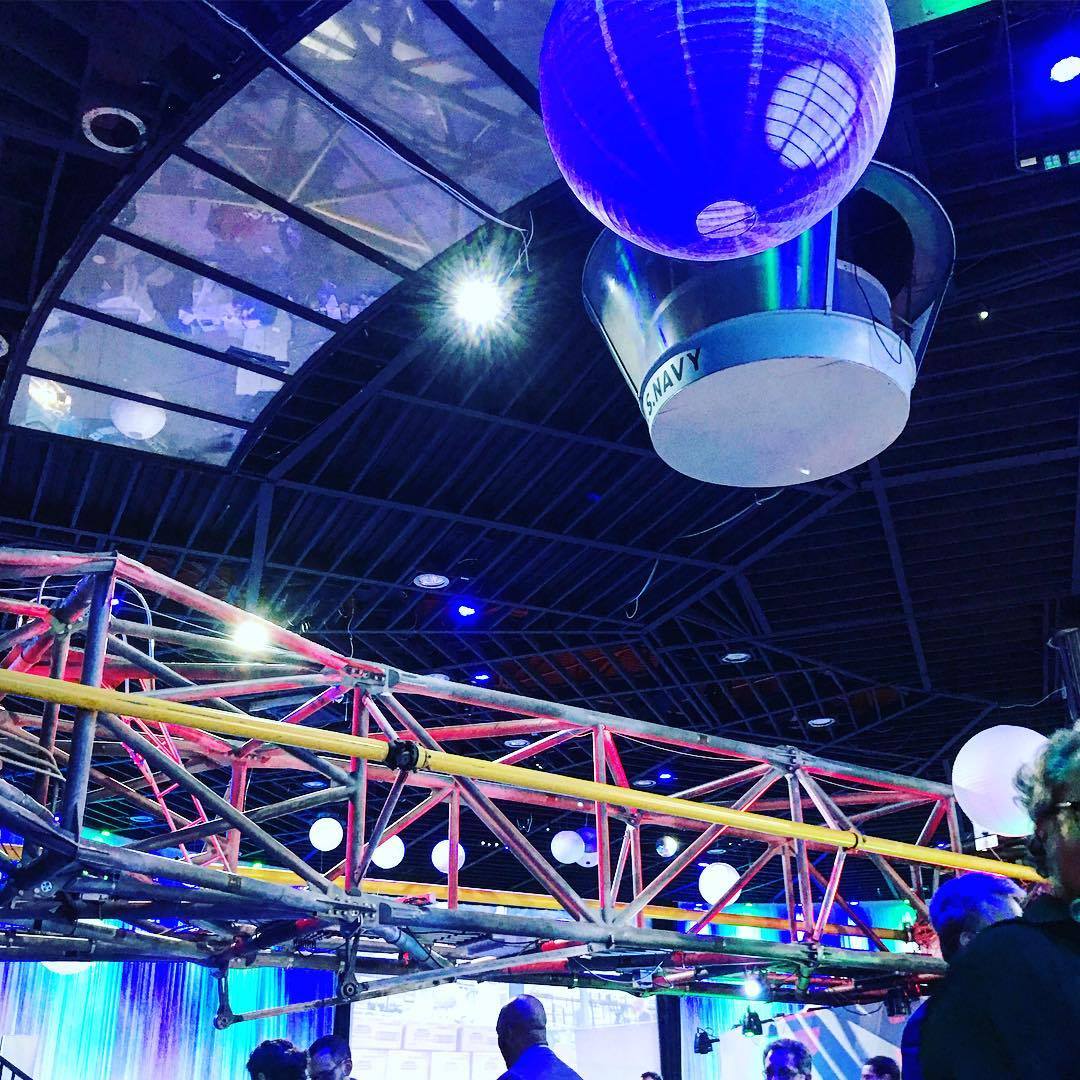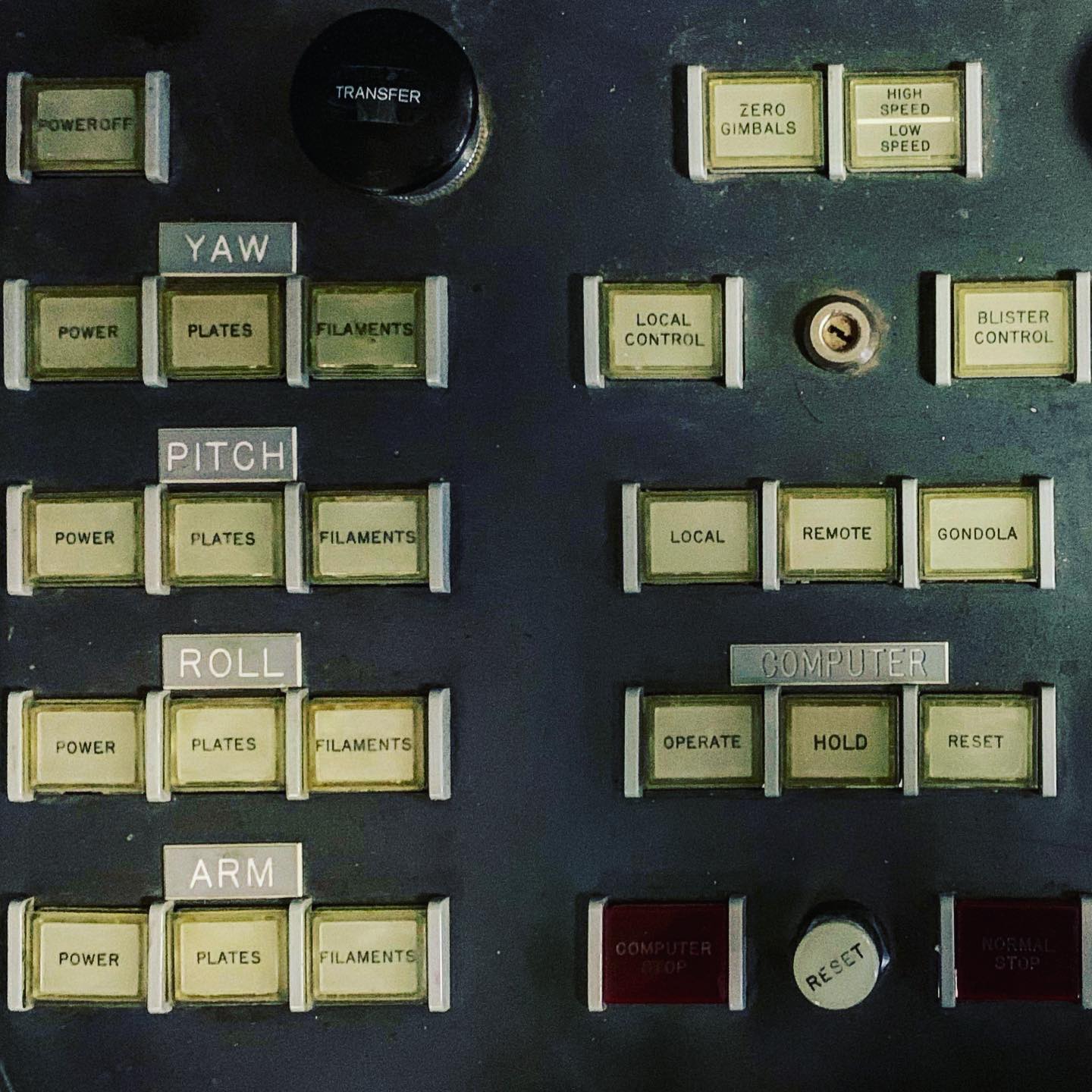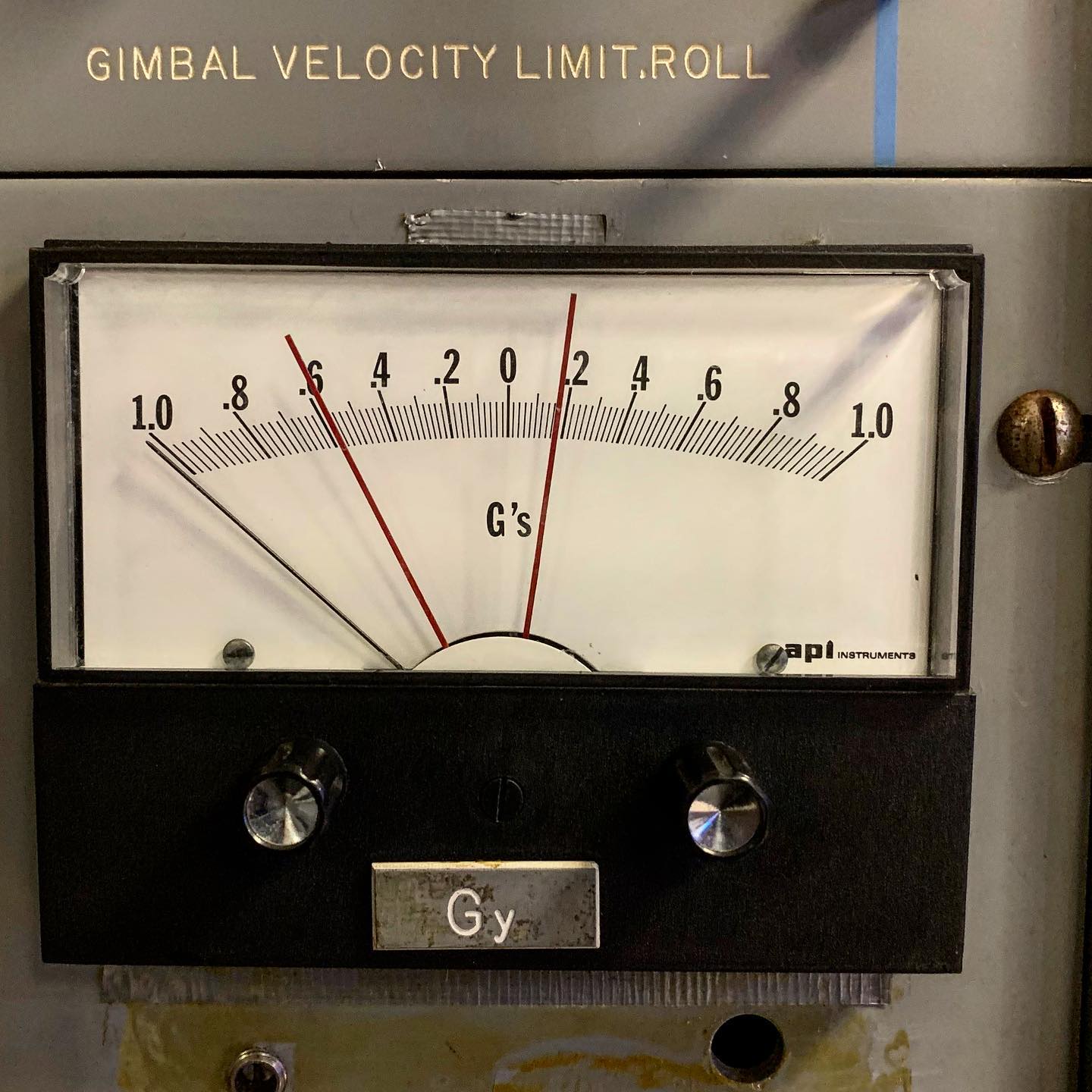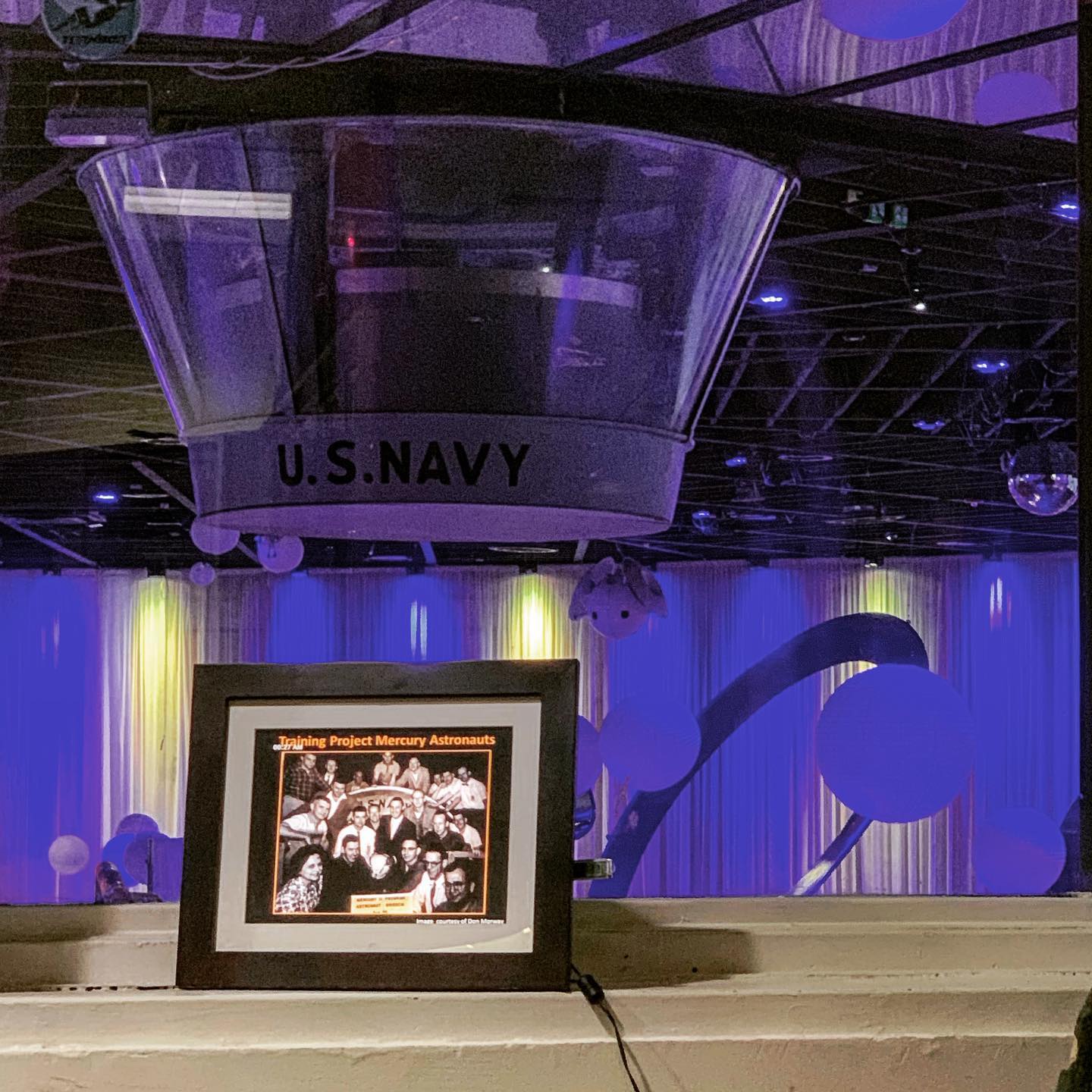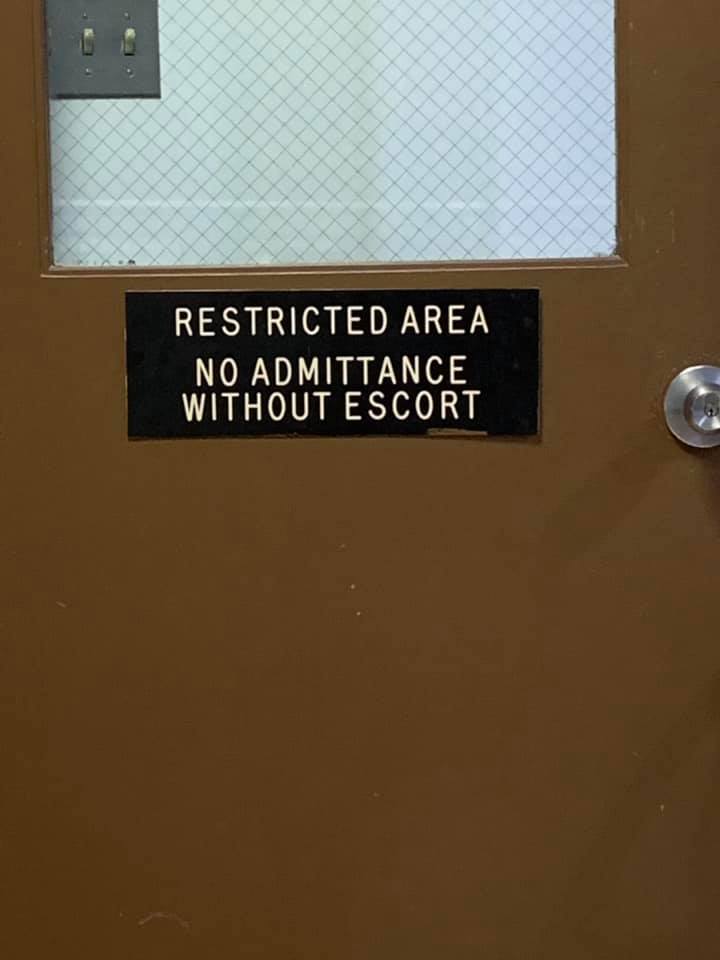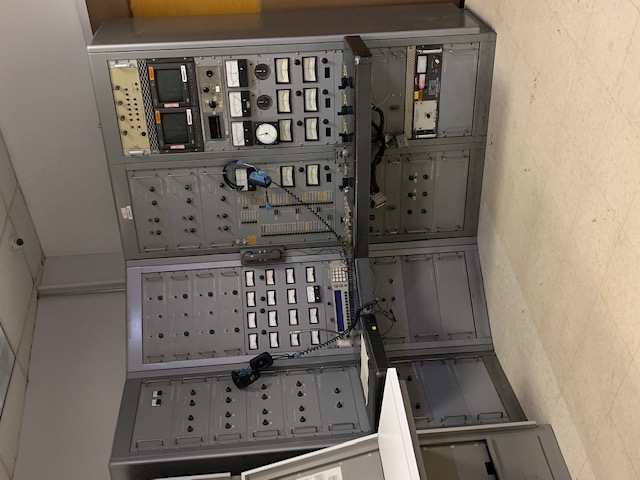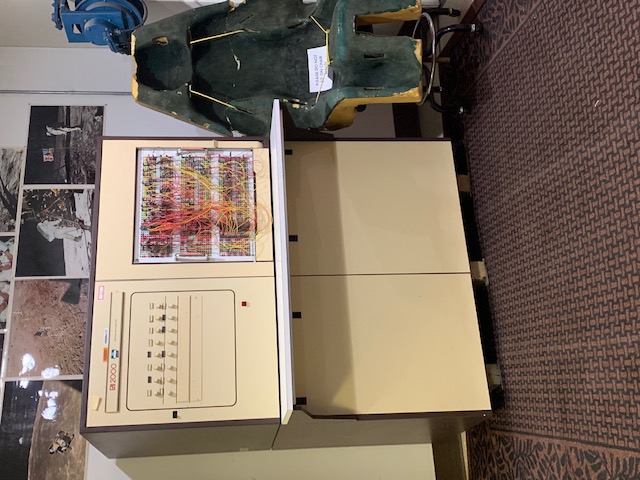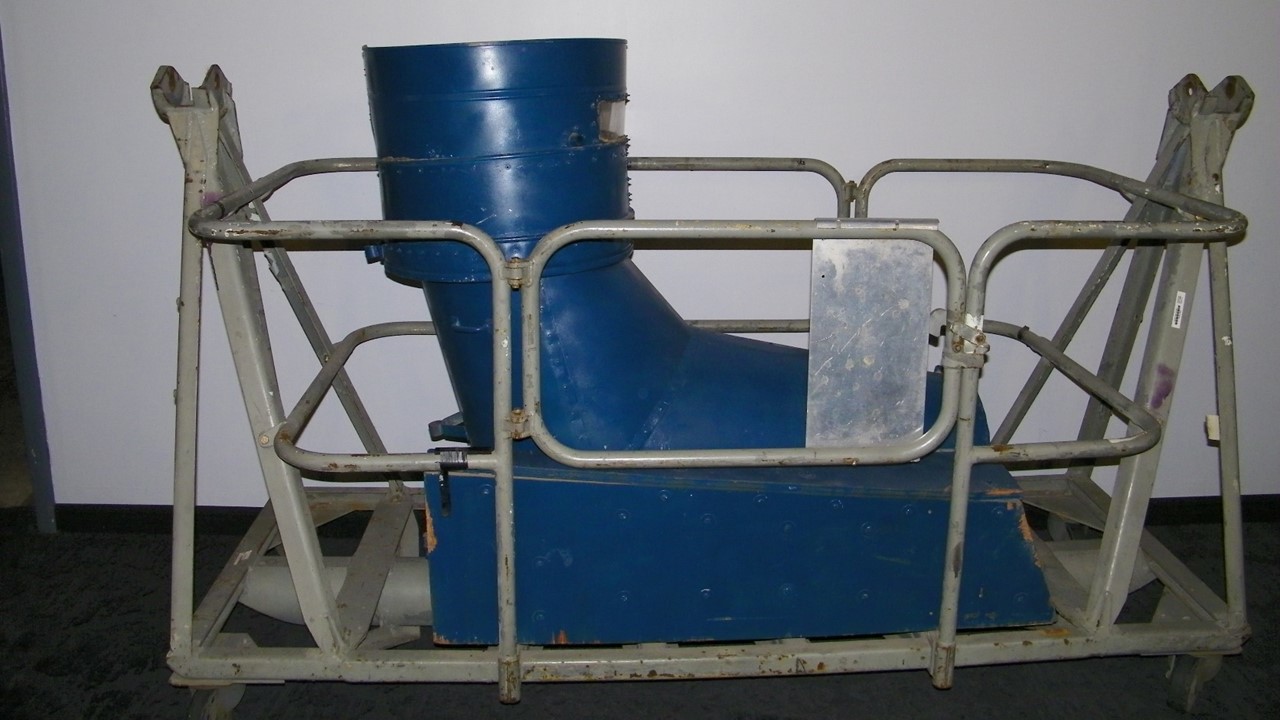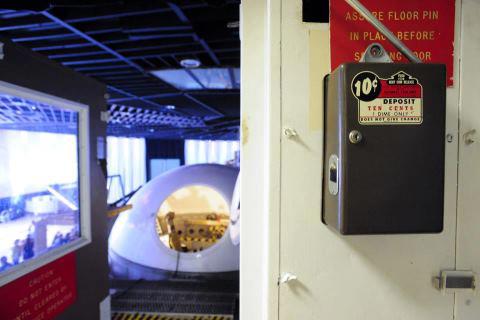The Johnsville Centrifuge was operated for nearly 50 years (1950 to 1996) by the Navy at the Aviation Medical Acceleration Laboratory at the former Naval Air Development Center (later Naval Air Warfare Center) in Warminster, Pennsylvania. During its operational lifespan, this centrifuge was the world’s largest and most powerful research tool for studying the mysterious acceleration, or “G” forces, encountered by pilots or astronauts during flight. Much of our modern understanding of these G forces was elucidated by researchers at that facility.
The Navy built and began to operate the Johnsville Centrifuge by July 1950 within a 124-foot diameter chamber in the center of inside a giant, round, 11,000-square-foot building with steel-reinforced concrete walls. The centrifuge operated without the gondola and gimbal system for two years, relying on use of swinging carriages attached under the 50-foot arm at 20 and 37.5 foot locations.
The original 10- by 6-foot oblate spheroid steel gondola was finally installed in 1952.
The oblate spheroid gondola was replaced with a 10-foot-diameter spheroid gondola during a centrifuge modernization project in the early 1960s. This spheroid gondola may still be viewed today during Tours of the Fuge.
A dual-gimballed gondola, mounted to a 50-foot arm on rotating bearings, allowed a test subject to be oriented in various positions relative to the acceleration force produced as the arm was rotated around the centrifuge chamber. This enabled the centrifuge to be used as a “dynamic flight simulator” (think sophisticated amusement park ride—only more intense!)
A 4,000-horsepower DC electric motor at the center of the centrifuge chamber rotated the arm and gondola around the chamber in a circular path. The motor, built by the General Electric Company, was directly attached to the centrifuge arm and was mounted through 18 feet of reinforced concrete on a solid bedrock foundation (it is notable that bedrock is only 5 to 6 feet below the soil in Warminster, PA, where the centrifuge building is located; thus, this location turned out to be an ideal place for anchoring this machine securely into the ground.)
When the centrifuge arm was revolving 48 times a minute, the gondola was circling at 173 mph, producing a centrifugal acceleration force of 40 times the force of gravity (40 Gs).
In the late 1950’s, a team of physiologists from the Army, Navy, and Air Force used the dynamic flight simulator to study the effects of prolonged exposure to high G forces under controlled conditions previously accessible only in high-performance aircraft. By turning the gondola within its mounting frame while spinning around the room at the end of the centrifuge arm, test subjects could endure nearly every direction and intensity of G forces that might be experienced during air or space flight.
From the late 1950s through the mid-1970s, NASA used the centrifuge for acceleration training and feasibility testing for X-15 pilots as well as astronauts from Projects Mercury, Gemini (New Nine), Gemini/Apollo and the early Space Shuttle program.
Research and training on the Johnsville Centrifuge continued until the Navy vacated the facility (and the entirety of the Naval Air Development Center) in 1996. It continued to operate through a company called Veda until 2004-2005. The building was purchased privately in 2007. The centrifuge was decommissioned but remains preserved as a historical artifact for viewing today.
Take a look at the videos on our YouTube channel for more information on how the centrifuge was operated: Go To YouTube Channel
References
Crosbie RJ. The History of the Dynamic Flight Simulator
Wolverton M. The G Machine: Riding an Atlas into space was a piece of cake compared to pulling 32 Gs on the Johnsville Centrifuge. Air and Space Magazine, May 1, 2007.
Blueprint Digitization Project
Centrifuge Logbook Digitization
The Southeastern Pennsylvania Cold War Historical Society has been gradually digitizing sections of centrifuge logbooks that focus on key training events during the Space Race, from 1959 to 1964. Project Mercury and the “New Nine” Project Gemini astronauts all trained on the Johnsville Centrifuge as part of their preparations for spaceflight.
Once complete, these digital photos will be viewable on our website and available for research purposes.
Check out our YouTube channel for videos of Project Mercury and Project Gemini training on the centrifuge.
Many thanks to Barry Shender, PhD from Naval Air Station Patuxent River, Lexington Park, MD for allowing us to borrow the centrifuge log books for digitization, as well as Ken Crippen for digitizing the logbooks.
Special Projects
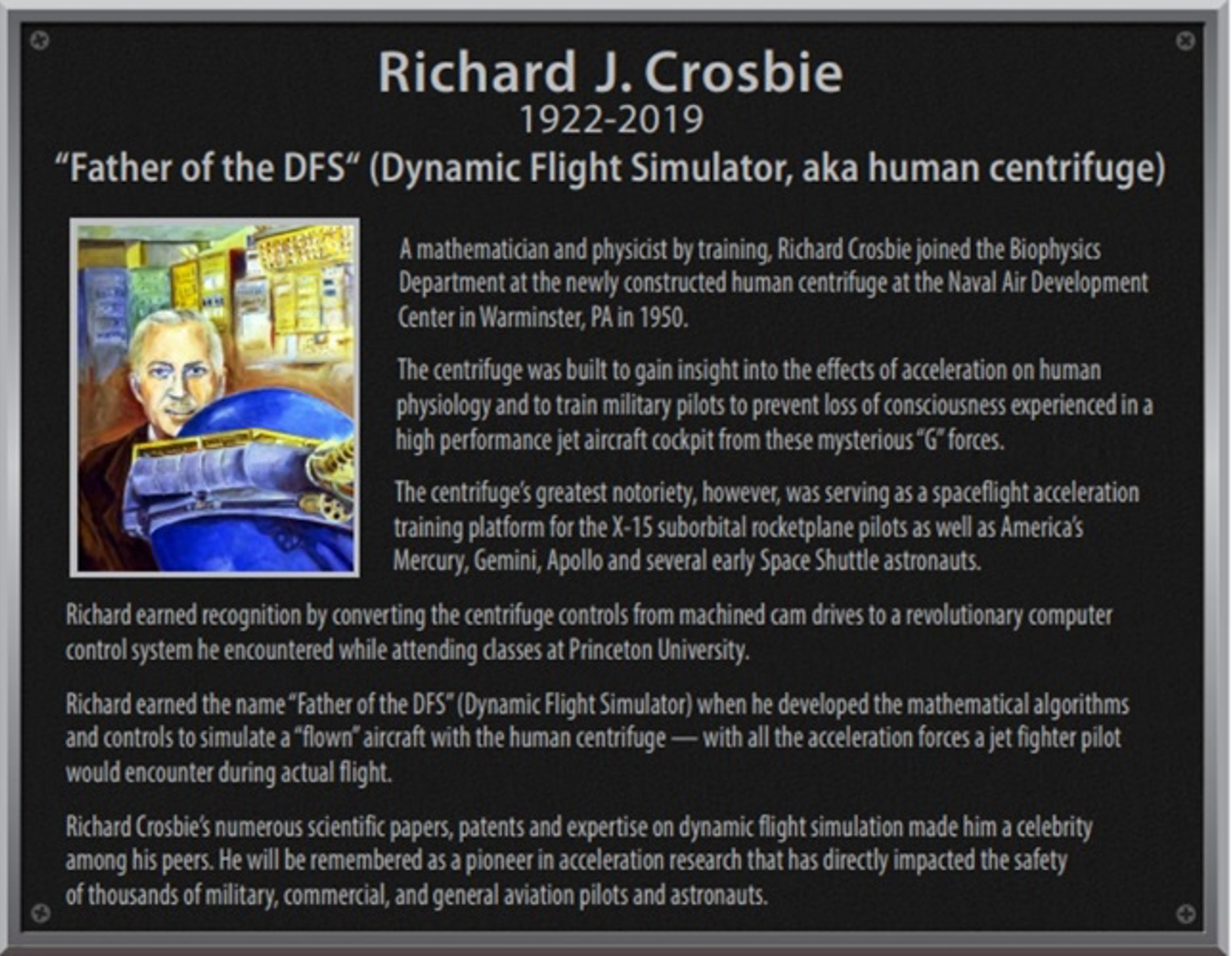
Richard J. Crosbie plaque- a plaque commemorating the contributions of Richard Crosbie to the operation of the Johnsville Centrifuge was commissioned by The Southeastern Pennsylvania Cold War Historical Society in 2019. The plaque is displayed at the Fuge on the 3rd floor Centrifuge “Flight Deck”.
The inscription on the plaque reads as follows:
Richard J. Crosbie
1922-2019
“Father of the DFS “(Dynamic Flight Simulator, aka human centrifuge)
A mathematician and physicist by training, Richard Crosbie joined the Biophysics Department at the newly constructed human centrifuge at the Naval Air Development Center in Warminster, PA in 1950.
The centrifuge was built to gain insight into the effects of acceleration on human physiology and to train military pilots to prevent loss of consciousness experienced in a high performance jet aircraft cockpit from these mysterious “G” forces.
The centrifuge’s greatest notoriety, however, was serving as a spaceflight acceleration training platform for the X-15 suborbital rocketplane pilots as well as America’s Mercury, Gemini, Apollo and several early Space Shuttle astronauts.
Richard earned recognition by converting the centrifuge controls from machined cam drives to a revolutionary computer control system he encountered while attending classes at Princeton University.
Richard earned the name “Father of the DFS” (Dynamic Flight Simulator) when he developed the mathematical algorithms and controls to simulate a “flown” aircraft with the human centrifuge-- with all the acceleration forces a jet fighter pilot would encounter during actual flight.
Richard Crosbie’s numerous scientific papers, patents and expertise on dynamic flight simulation made him a celebrity among his peers. He will be remembered as a pioneer in acceleration research that has directly impacted the safety of thousands of military, commercial, and general aviation pilots and astronauts.
We would like to thank Longview Graphics, Raleigh, NC for the creation of the plaque.
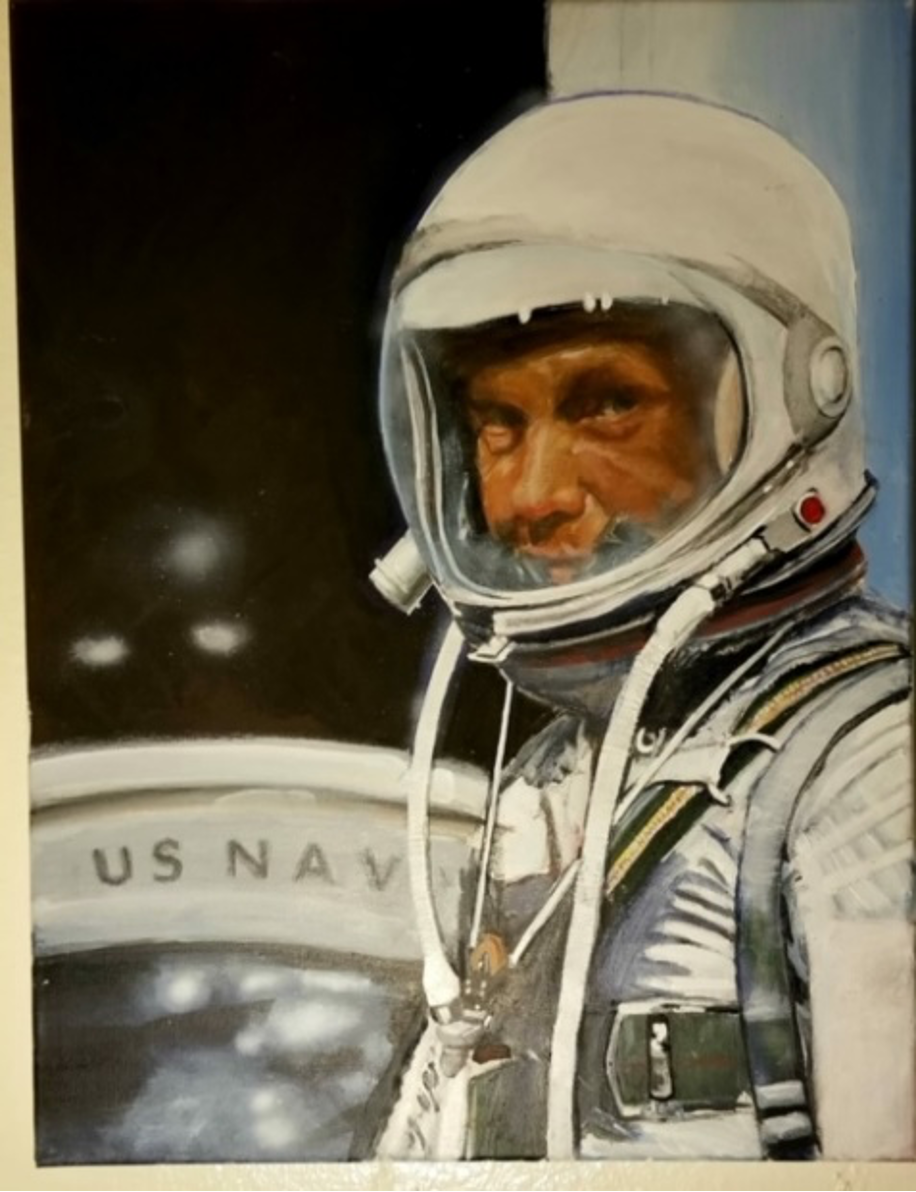
Commissioned painting of John Glenn- To thank the owner of the Fuge, Sam Cravero, for his ongoing support of our organization, The Southeastern Pennsylvania Cold War Historical Society commissioned a painting of John Glenn during Project Mercury training on the Johnsville Centrifuge for him. Renowned artist Simon Kregar created the masterpiece in 2018.

